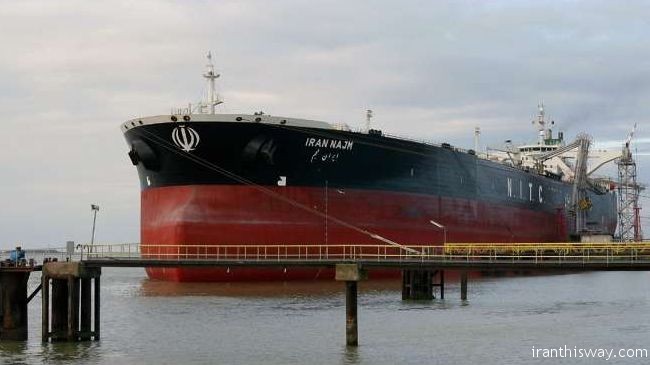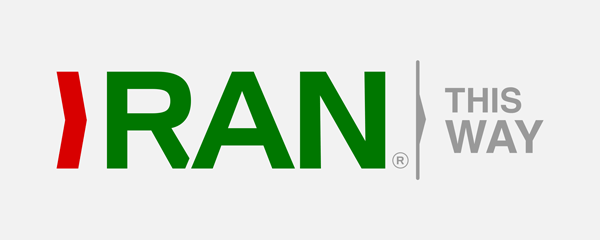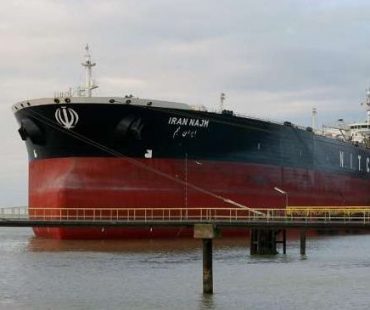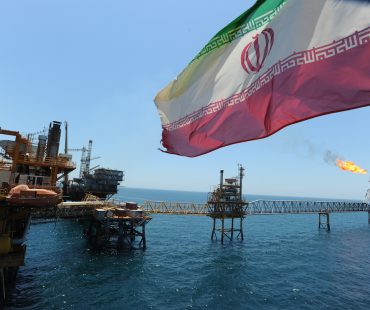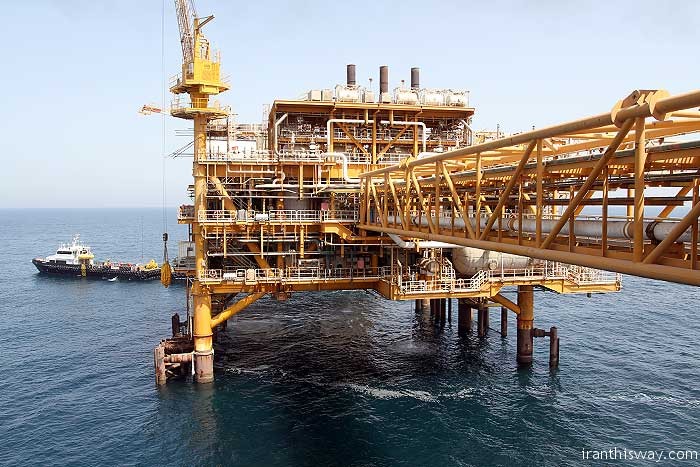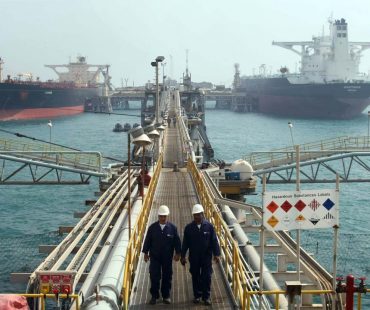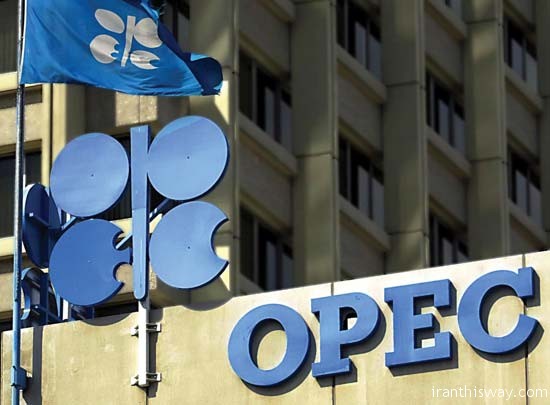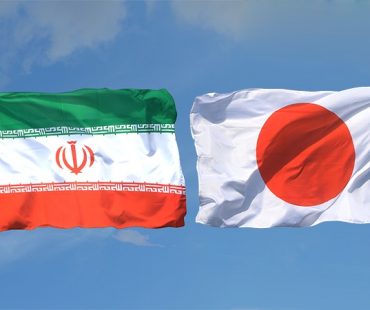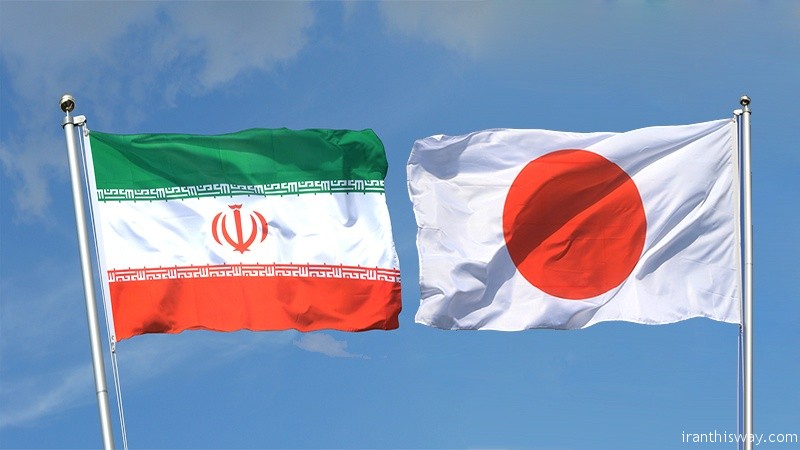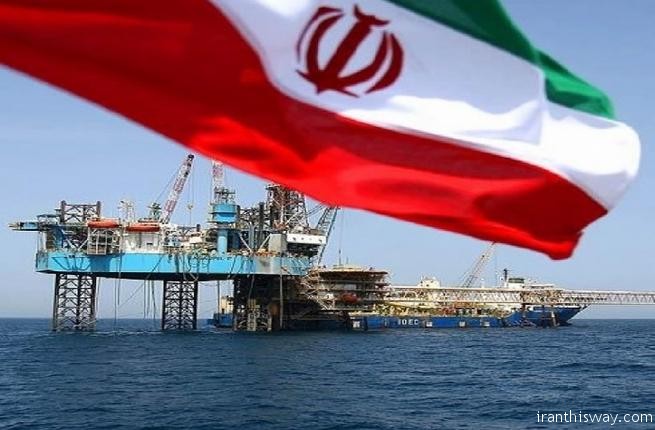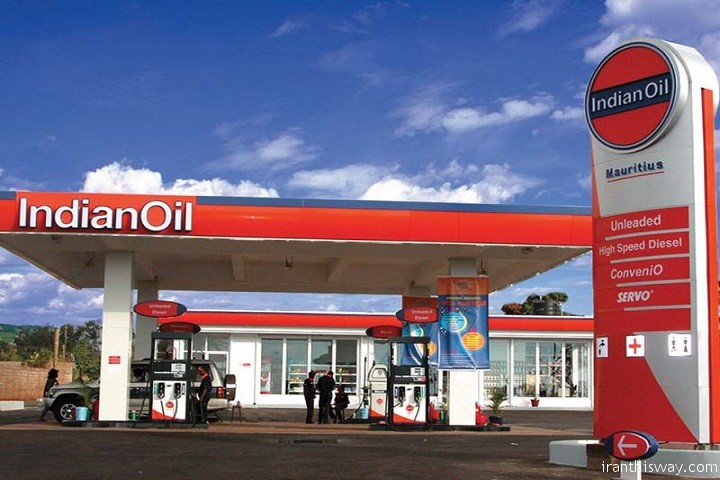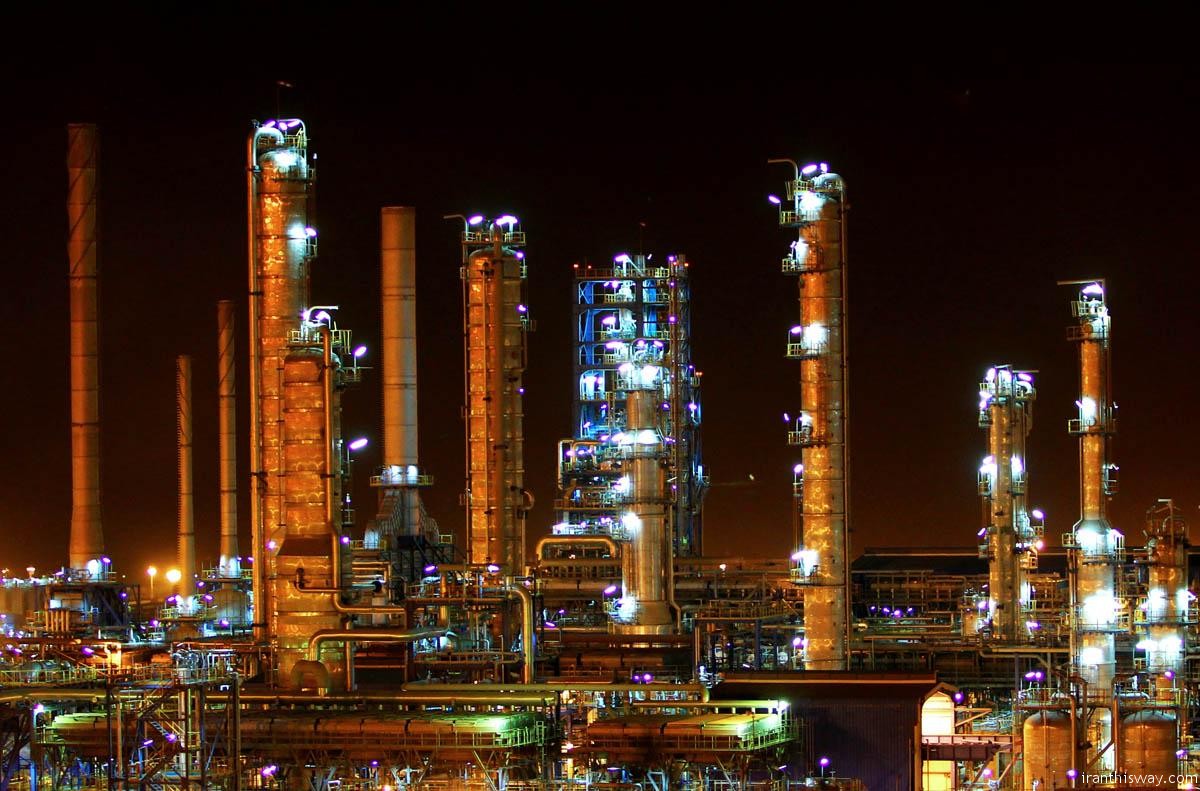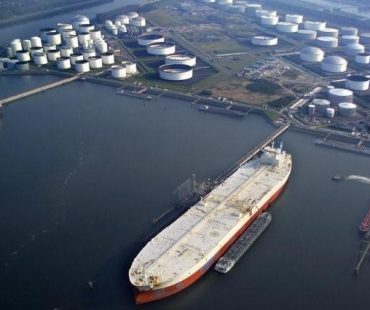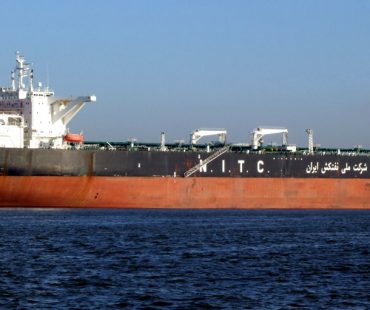Iran is making rapid forays into the European crude oil market and selling its parcels to countries such as France, Italy, Greece and Spain, UK-based global shipping consultancy, VesselsValue said.
“Following the removal of sanctions, new players have emerged in the mix,” VesselsValue said in a report. Iran’s crude oil shipments have been delivered to destinations ranging from Malaysia and Singapore in Asia to Syria in Africa, it said, according to Platts.
In 2016, the number of voyages to deliver crude from Iran to France was estimated at 21, while Italy, Greece and Spain took 15, 14 and 13 shipments respectively, it said. This includes shipments in VLCC, Suezmaxes and Aframaxes.
In July 2012, the European Union had banned the import of Iranian crude by member countries and also the provisions of EU-linked insurance, which included protection and indemnity cover for any shipments of Iranian crude, irrespective of destination. The sanctions were relaxed in January last year.
There has also been a significant change in the geographical mix of owners whose ships were used to lift Iranian cargoes of crude.
Prior to the lifting of sanctions, the National Iranian Tanker Company (NITC) was the largest provider of tonnage to load cargoes from Iran, in addition to Iran-o Hind, Idemitsu Tanker, JX Ocean and KLine.
The Iranian ships were provided local insurance cover but there were always concerns over the possibility of any potential liability in event of maritime accidents in waters of importing countries which were permitted to purchase crude from Tehran.
During the period of sanctions, India permitted Iranian ships to call at Indian ports based on Tehran’s local insurance cover, China used ships of domestic companies while the Japanese government provided insurance cover only for VLCCs.
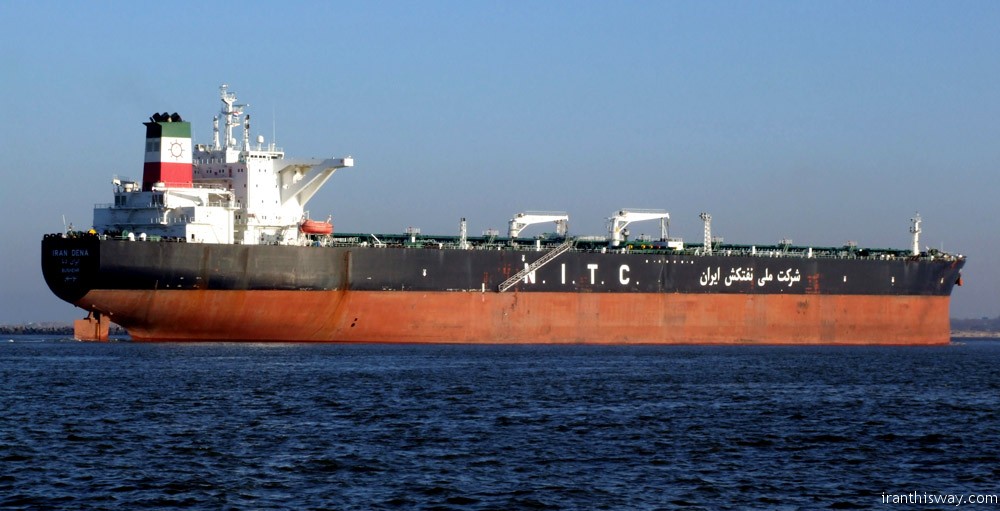
South Korea and Taiwan also took deliveries of cargoes purchased on a cost and freight (CFR) basis.
Now, “the group of shipowners lifting crude from Iran has changed dramatically to include those from Greece and Belgium”, VesselsValue said.
“The influx of owners from Greece has significantly increased the number of Suezmaxes plying on the ex-Iran voyages to 81 last year, compared with 15 in 2015,” the report said.
While NITC continues to be the market leader in terms of the number of ships deployed for loading crude from Iran, other companies with ships loading from the country include Dynacom, Delta Tankers, Euronav, Polembros, COSCO, Avin International, Olympic Shipping and Management, New Shipping and Thenamaris, it said.
Last month, two Iranian VLCCs, the ‘Huge’ and the ‘Snow’ delivered a mix of the country’s heavy and light crude grades to Shell at Rotterdam, according to trade sources and S&P Global Platts.
In late January, Iran’s Oil Minister Bijan Namdar Zanganeh said that the country was producing 3.9 mbd crude and was set to reach its 4 mbd target by the end of the Iranian year on March 20.
This will mark the return of Iran’s output to levels last seen before 2012, when international sanctions were imposed on the country.
A Platts survey released on February 6 estimated Iranian production at 3.72 mbd in January, up 30,000 bpd from December.
While cuts in crude production have been initiated under an OPEC-led agreement, Iran is allowed to boost its output to 3.797 mbd. If this materializes, Iran’s output would exceed its OPEC quota by more than 100,000 bpd.
This is expected to translated into more crude shipments from Iran. According to VesselsValue, the seaborne exports of Iranian crude are rising significantly.
The number of crude laden shipments from Iran increased to 563 last year — up from 66 in 2012 and 277 in 2015, their data showed.
